Looking towards 2024, the furniture industry seems ready to introduce designs that put a premium on comfort, adaptability, and responsible sourcing. We’re expecting to see a move towards softer, more natural contours in furniture, aiming to create peaceful environments that support relaxation and mental health. The demand for multifunctional furniture is set to remain strong, providing smart solutions for optimizing space and adding flexibility to living areas.
Sustainability is set to stay at the forefront of material choices, with a rise in the use of eco-friendly options like reclaimed lumber and bamboo. Warm, earthy tones are predicted to dominate color schemes, offering a sense of stability and grounding in home decor. Gold accents are on the horizon too, poised to inject a touch of opulence into our living spaces, while dark wood finishes are expected to give furniture a rich, characterful look.
These trends reflect a broader societal push towards environments that support a balanced lifestyle, with a nod to environmental responsibility. As we spend more time in our homes, the intersection of design and functionality becomes increasingly significant, making these upcoming trends not only aesthetically pleasing but also pragmatically valuable.
1. Organic and Soft Designs
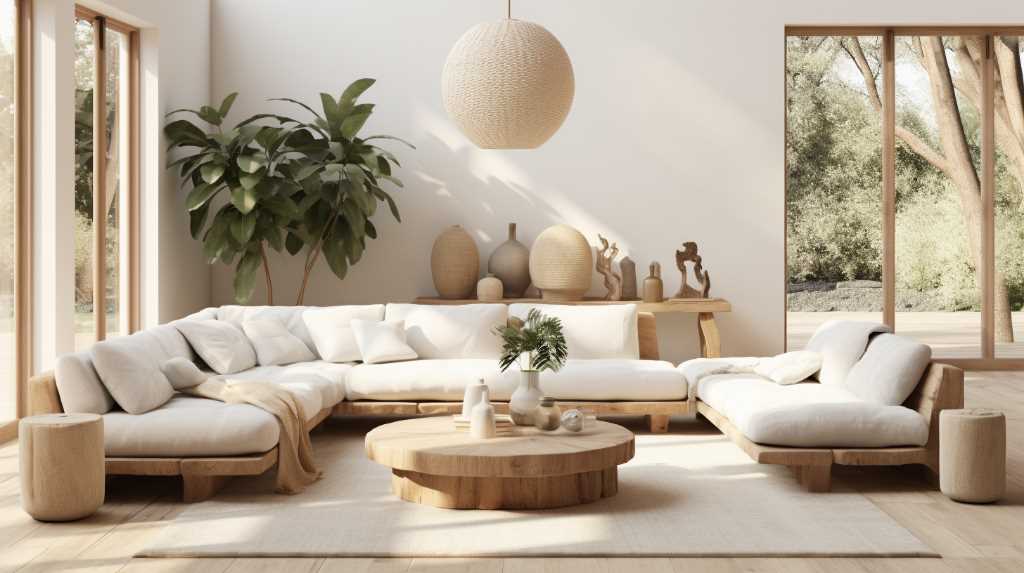
In the year 2024, the landscape of furniture design is seeing a notable shift towards more organic shapes and softer styles. Designers are moving past straight, harsh lines towards designs that foster a sense of ease and flow within home environments. This movement is in response to a widespread desire for furnishings that not only look inviting but also offer the ultimate comfort, with soft seating and rounded forms inspired by nature itself.
As people’s lives become more fluid, there’s a growing demand for adaptable furniture that can serve multiple purposes without compromising on aesthetics. For instance, sofas that double as guest beds or coffee tables with hidden storage are increasingly in demand. This adaptability is crucial as living spaces often need to be rearranged or repurposed to meet changing needs.
In addition to functionality, there’s an emphasis on selecting high-quality materials that can withstand everyday use while maintaining their luxurious feel. Performance fabrics that resist stains and wear are becoming a standard for these inviting designs, balancing longevity with the plush textures consumers are looking for.
There’s also a resurgence of design elements that hark back to earlier eras, seamlessly blended with modern touches. This combination satisfies a yearning for individuality and a deeper emotional resonance with our living spaces. It’s clear that these design trends are not just about aesthetics; they reflect a larger movement towards furniture that centers on human needs and the complexities of contemporary life.
Each of these trends points to a broader intent in furniture design: to create pieces that are not just physically comfortable but also resonate on a personal level, making our living spaces true reflections of who we are.
2. Comfortable Seating Essentials
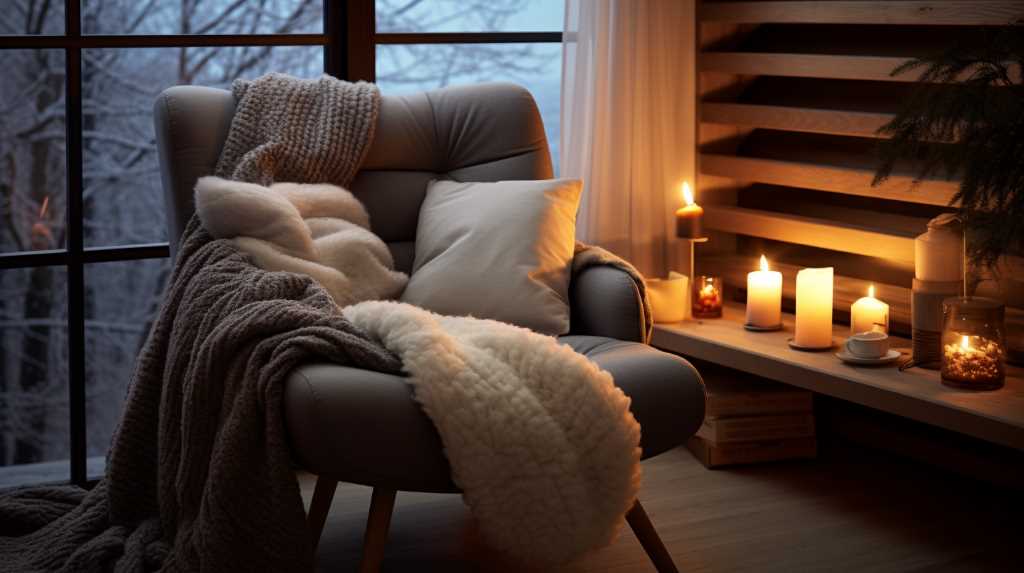
As we look towards the furniture preferences of 2024, comfort emerges as a central theme. Consumers are drawn to seating that not only looks good but also provides exceptional support and coziness. For instance, sofas and armchairs with generous cushioning and flowing lines are becoming increasingly popular. In everyday spaces like kitchens, padded barstools and chairs bring a touch of indulgence.
The trend also points to furniture that serves multiple purposes, reflecting a need for items that can adapt to different environments and uses. This shift illustrates how functionality is becoming as valued as comfort in home furnishings.
Innovative performance fabrics are changing the game, offering resilience paired with luxurious textures and a broad spectrum of colors. There’s a growing interest in retro-inspired pieces as well, updated with contemporary features to ensure they’re not only visually enticing but also inviting places to unwind.
When considering long-term home investments, consumers are showing a preference for custom-designed seating. This offers a dual benefit of high-quality craftsmanship tailored to individual style preferences.
It’s evident that as we move through the decade, the desire for furniture that combines visual appeal with practicality and personalization is only strengthening. This focus on comfort, versatility, and quality reflects a broader shift in consumer values, where the home is seen as a sanctuary and an expression of oneself.
3. Versatile Furniture Pieces
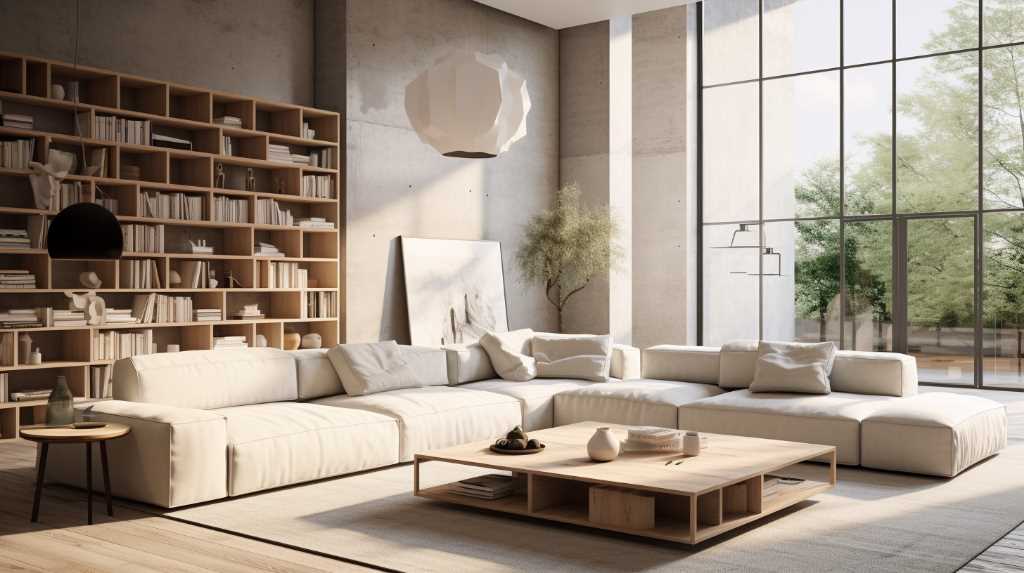
Multifunctional furniture is reshaping how we think about our living spaces, offering adaptability, and serving various needs through smart, space-efficient designs. As homes become smaller and lifestyles more dynamic, consumers increasingly prefer furniture that can perform more than one task — like sofa beds for seating and guest accommodations, extendable tables that adjust to the number of diners, and ottomans that double as storage units to keep living areas orderly.
| Function | Example | Benefit |
|---|---|---|
| Dual-purpose | Sofa beds | Saves space; ready for guests |
| Adjustable | Drop-leaf tables | Scales for user count |
| Organizational | Ottomans with storage | Keeps areas tidy |
| Flexible | Sectional sofas | Fits various room shapes |
Choosing furniture that can adapt to different uses allows homeowners to strike a harmonious balance between form and utility, ensuring their homes are both attractive and practical.
In choosing such furniture, the emphasis is on practicality for those with less room, without sacrificing style and design. It’s also a nod to more responsible consumption, reducing the need for multiple pieces of furniture and thus lessening our environmental footprint.
For instance, a sofa bed effortlessly transforms a living room into a guest bedroom, while a drop-leaf table can be a compact console or a full dining table. Storage ottomans serve as a footrest, extra seating, and a place to stow away blankets or books. Sectional sofas can be rearranged to fit various living room layouts and sizes, demonstrating their utility in modern homes.
4. Statement Focal Points
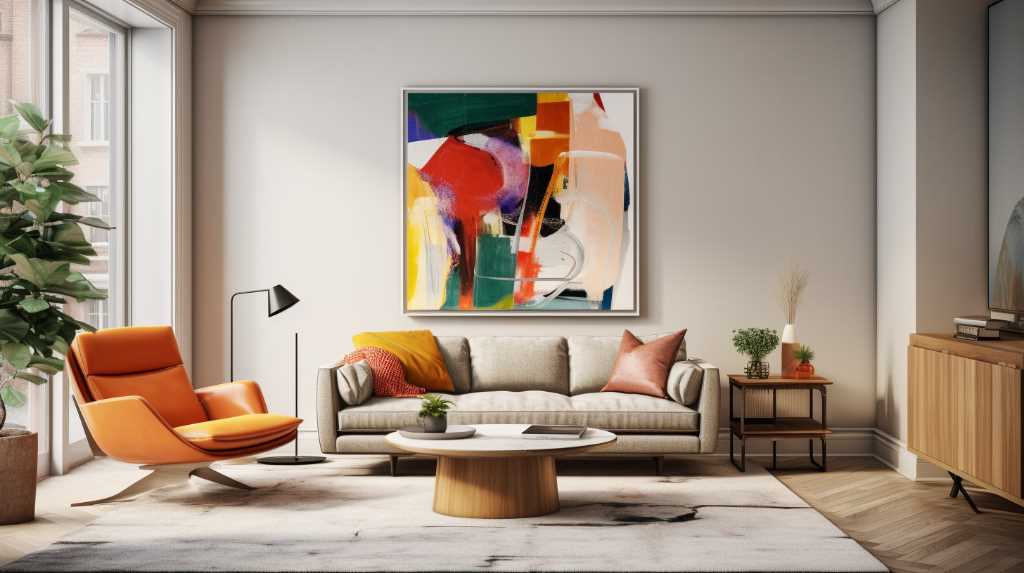
In 2024, the preference for furniture that serves both a practical purpose and makes a visual statement continues to be a significant trend in home design. Items like creatively crafted bookcases or sofas in vibrant hues are at the forefront, reflecting a desire for self-expression and strong design presence within living spaces. People are choosing these pieces for their ability to perform their intended function while also adding personality and visual interest to a room.
Materials that last, such as performance fabrics in deep colors and varied textures, are increasingly popular for their durability and the lively atmosphere they create. Additionally, blending timeless designs with modern flair is a growing approach, adding layers of complexity and connection, creating spaces that are not just aesthetically striking but also meaningful to those who live in them.
In terms of practical recommendations, for those seeking to incorporate such statement pieces into their homes, it’s advised to consider the overall theme of the room and the longevity of the materials. Pieces that can withstand daily use while retaining their color and shape are particularly valuable. For example, a sofa upholstered in a high-grade performance fabric can provide both comfort and a pop of color that draws the eye.
As we examine the intersection of functionality and design, it’s evident that the choices we make in our furniture reflect our personalities and the changing dynamics of interior design. This trend underscores the ongoing shift towards creating spaces that are not just functional but also deeply personal and engaging.
5. Luxurious Gold Accents
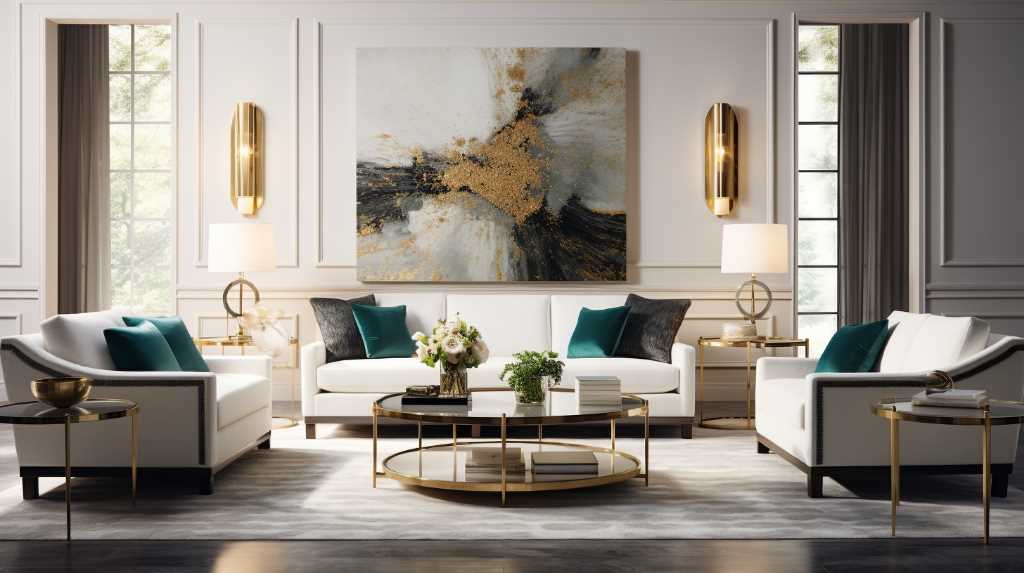
Shifting from large, eye-catching features, the use of gold accents is set to bring a luxurious feel to furniture trends in 2024. Gold has long stood as a symbol of wealth and taste, and its application in furniture design maintains this tradition. Looking ahead, expect to see gold play a more prominent role, becoming a central aspect that contributes to the visual appeal of home interiors.
- Gold-Framed Chairs: Chairs with gold metal frames can add a refined touch to both dining and living spaces.
- Gold-Accented Tables: Introducing coffee and side tables with gold trim or inlays can infuse a room with a touch of opulence.
- Decorative Gold Hardware: Consider upgrading your cabinets and storage units with shiny gold knobs and handles for an added sense of luxury.
- Gold Lighting Fixtures: Opt for chandeliers and lamps that incorporate gold in their designs to cast a warm, welcoming light.
The incorporation of gold into these pieces reflects a broader trend toward bringing classic luxury into contemporary design. It’s not simply about the visual impact; gold accents can also increase the perceived value of the furniture and create a sense of timeless elegance.
When selecting such items, it’s worth considering both their aesthetic appeal and their ability to withstand changing trends.
6. Performance Fabric Innovations
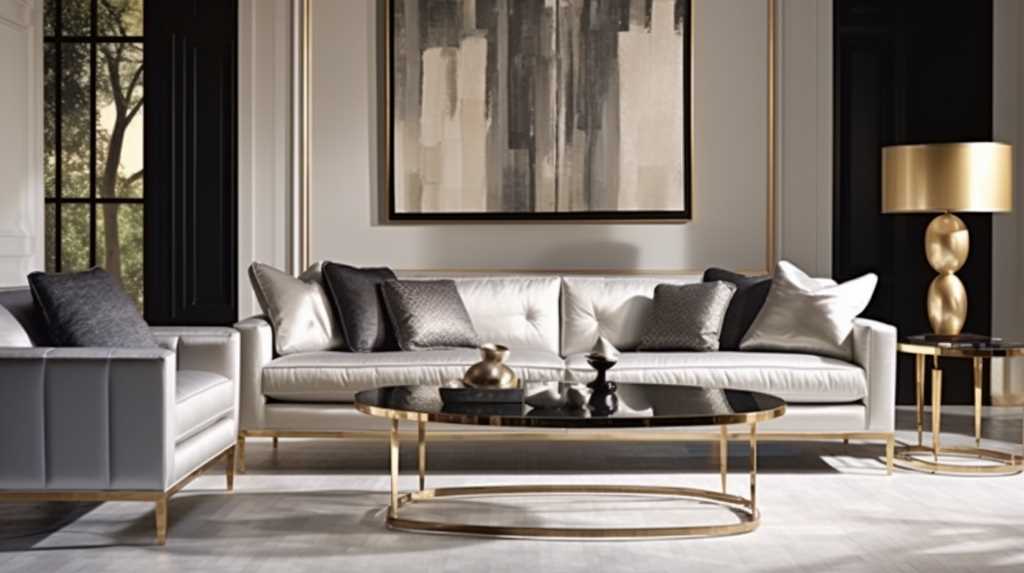
In the dynamic world of interior design, performance fabric innovations are taking center stage. These materials are not just about enduring the daily wear and tear; they’re about keeping your furniture looking great without a lot of fuss. Both designers and homeowners are turning to these materials because they offer strong stain resistance, require less upkeep, and retain their appearance for years.
Let’s examine how traditional fabrics stack up against performance fabrics:
| Traditional Fabrics | Performance Fabrics |
|---|---|
| Stain resistance is modest | Stain resistance is superior |
| Frequent maintenance | Minimal maintenance |
| Prone to fading and wear | Resistant to fading and wear |
The latest performance fabrics are also impressing buyers with a variety of textures and hues, fulfilling the need for practicality without sacrificing style. This is particularly relevant for furniture pieces that need to be both functional and visually appealing.
These advancements are not just about keeping your sofa spotless. They’re a response to our busy lives, where we demand products that can keep up and look good doing it. With the furniture industry always advancing, these fabrics are a response to our need for items that can endure the challenges of everyday life and still look as good as the day we bought them.
7. Retro Modern Fusion
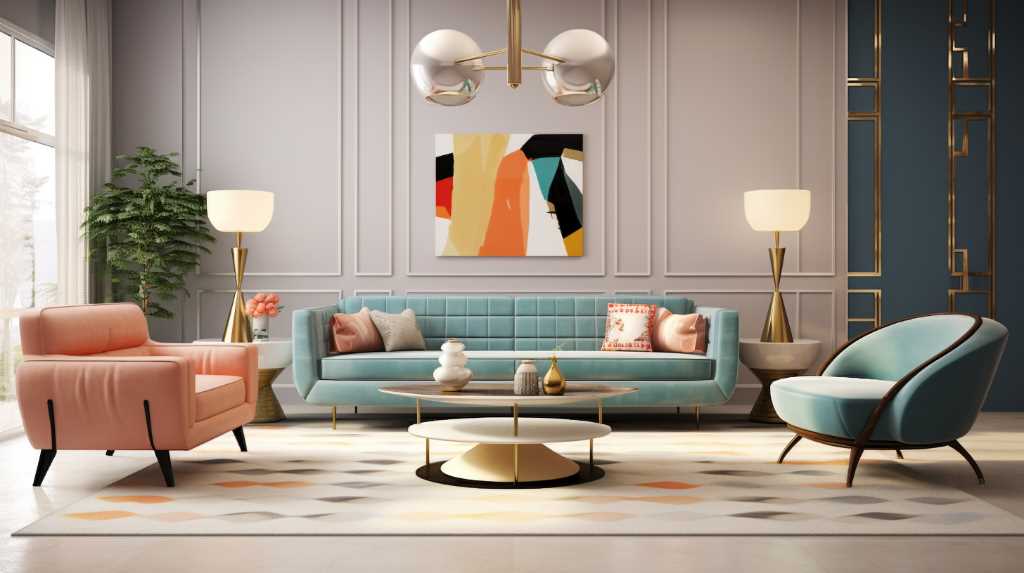
The current trend in furniture design is a compelling mix of past and present. The latest styles bring together the charm of vintage designs with the resilience and functionality of modern materials. The result is furniture that offers enduring appeal and stands up to the rigors of contemporary life.
Key features of this trend include:
- Classic Designs, Advanced Fabrics: Time-honored styles are being reinterpreted using strong, contemporary textiles.
- Vibrant Color Schemes: A mix of nostalgic colors and modern, subdued shades.
- Diverse Material Use: A blend of wood, metal, and glass creates an eclectic aesthetic.
- Smart Technology Features: Modern amenities are woven into designs while maintaining an old-school vibe.
Such a blend is crafting furniture that appeals to those looking for something that resonates with personal taste yet is ready for future challenges.
This approach to furniture design satisfies a yearning for pieces that are both reminiscent of bygone eras and equipped for future needs, offering a unique and personal touch to home decor.
8. Bold Upholstery Choices
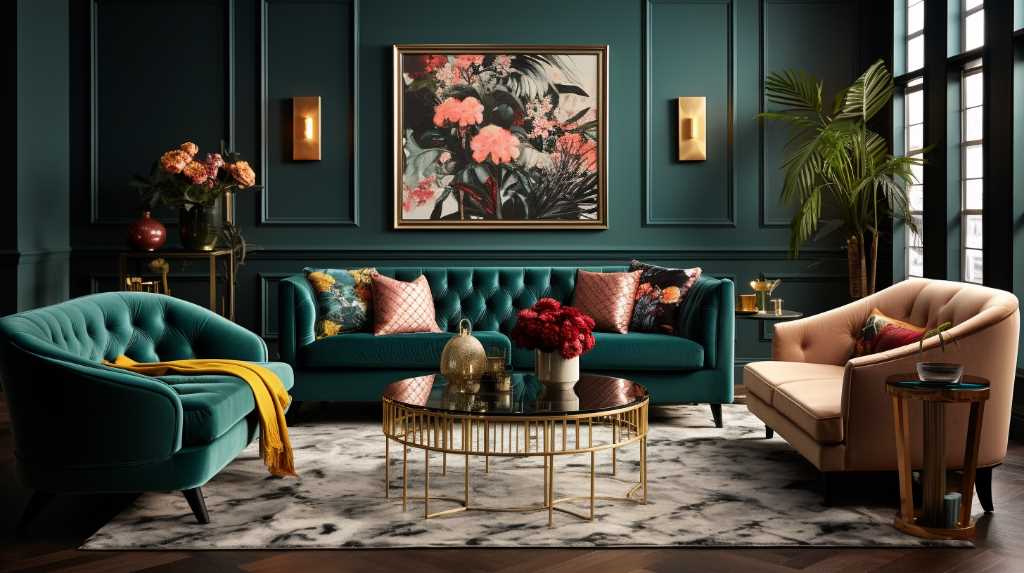
Bold Upholstery Choices
Eye-catching upholstery is quickly becoming a defining feature of interior design for 2024. Designers are pushing boundaries with furniture coverings that feature vibrant colors and engaging patterns, transforming ordinary pieces into focal points of any room. These fabrics are not just visually striking; they are also practical, offering long-lasting wear. The latest performance textiles include a variety of feels and shades, ranging from the sumptuous touch of soft velvets to the complex patterns found in jacquard fabrics.
This shift in design preference does more than just please the eye; it creates an environment that’s welcoming and cozy. Whether through deep, immersive colors or striking, angular patterns, upholstery is now a way for people to express their unique tastes and personalities. This inclination towards more daring choices also pays homage to style trends of the past, revisiting retro patterns with a fresh perspective that aligns with current tastes.
Homeowners and interior designers alike are recognizing the power of upholstery to transform a space. As we move through the year, this trend is expected to gain momentum, with more individuals opting for furniture that reflects their personality and sense of style. This approach to design demonstrates a deeper understanding of how our surroundings can influence our mood and sense of well-being.
9. Custom Furniture Investments
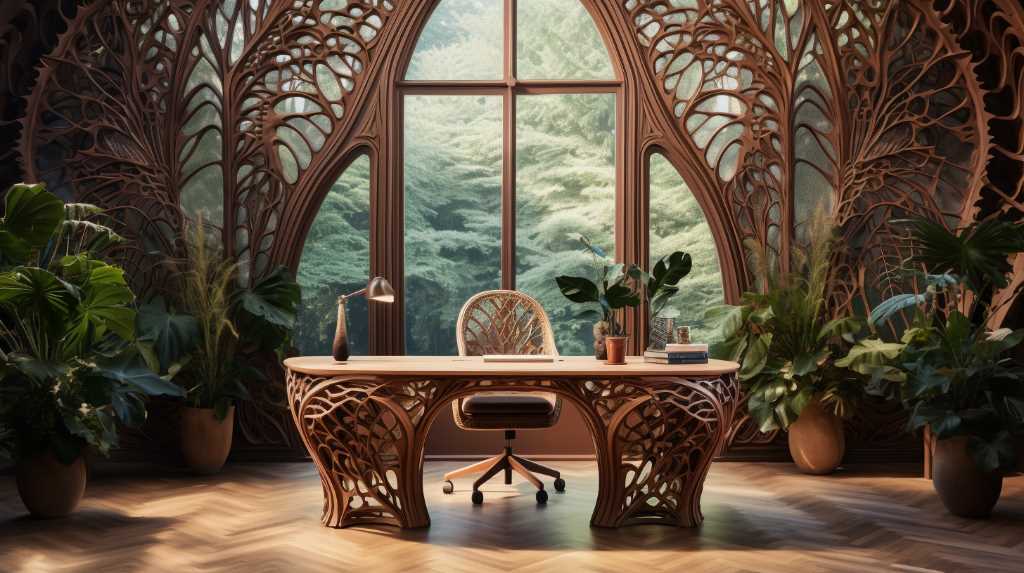
Custom Furniture as a Strategic Choice for Homeowners
Moving past the striking look of bold patterns and colors in furniture, investing in custom pieces has become a savvy decision for those who want their living spaces to mirror their personal taste and lifestyle. With an increasing desire for bespoke interiors, choosing to go custom is now seen as more than a fleeting preference—it’s a sound investment for the future.
These uniquely crafted items are tailored to fit not just the aesthetic desires of the individual but also the specific dimensions of their homes, delivering a level of quality and uniqueness that mass-produced items can’t match.
- Tailor-Made Designs: Create furniture that aligns perfectly with your personal taste and practical needs.
- Exceptional Workmanship: These one-of-a-kind items are often created with high-grade materials and meticulous craftsmanship.
- Durability: Choose pieces that are designed to endure, minimizing the need to replace them frequently.
- Added Value: Distinctive pieces can significantly improve the appeal and worth of your property.
In an era where distinctiveness is prized, opting for custom furniture can be a strategic addition to any residence.
10. Dark Wood Elegance
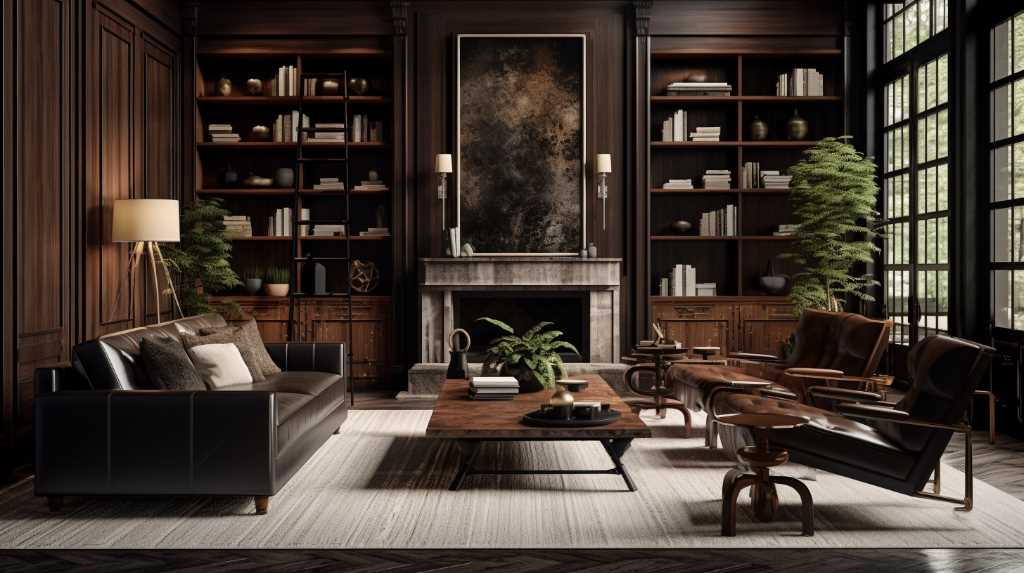
Dark Wood’s Resurgence in Interior Design
Recent design trends have seen an increase in the use of dark wood, a stark contrast to the light wood tones that have been popular. As we venture into 2024, there’s a noticeable shift towards incorporating the timeless appeal and warmth of dark wood in interior spaces—a throwback to an era of comfort and classic aesthetics. Designers are cleverly combining the rich shades of walnut, mahogany, and ebony with modern designs.
The appeal of dark wood lies in its ability to provide a solid foundation in any room, offering a mix of sophistication and versatility. It serves as a perfect canvas for both vivid and muted color schemes. Craftsmen are responding to this increased interest by creating furniture that showcases the natural allure and texture of these woods. They’re using oils and varnishes to accentuate the distinctive grain patterns, making every furniture piece not just useful but a lasting emblem of opulence and style.
This movement towards dark wood is more than just a passing fad—it’s a reflection of a collective desire for designs that have a story and a soul. The unique grains and the warm hues of these woods bring a sense of history and authenticity to our living spaces, making them feel more like homes than mere houses.
Furniture crafted from dark wood isn’t just about appearance; it’s about durability and sustainability as well. Pieces made from hardwoods like walnut and mahogany are known for their longevity, ensuring that they remain part of our homes for years to come.
In terms of practical recommendations, when selecting dark wood furniture, consider the overall theme of your space. A walnut dining table could become the centerpiece of a room, while mahogany bookshelves can add a stately feel to a study. Care for these pieces with the right oils to maintain their luster and protect them from wear and tear.
In essence, dark wood’s resurgence is a testament to its enduring beauty and function. It’s a trend that pays homage to the past while seamlessly integrating into the modern home.
11. Earth Tone Dominance

Earth tones are increasingly prevalent in the furniture market, reflecting a strong connection with nature and offering a subtle, refined ambiance. These colors are not just appealing for their calming effects and inviting warmth, but they also provide a flexible foundation for diverse decorating styles. Here’s a closer look at why this color scheme is gaining popularity:
- Neutral Foundation: Earth tones provide a calm, neutral setting that makes future decor changes less of a hassle.
- Choice of Materials: Incorporating natural elements such as wood, stone, and leather intensifies the connection to the earth.
- Eco-Friendly Practices: Furniture in earthy colors is often made with sustainable materials, indicating a rise in environmental awareness.
- Variety in Color: The spectrum includes rich, dark chocolate browns to gentle beiges, creating a dynamic and visually appealing space.
This trend is a clear nod to an increasing preference for organic and comforting elements in home decor.
12. Botanical Print Revival
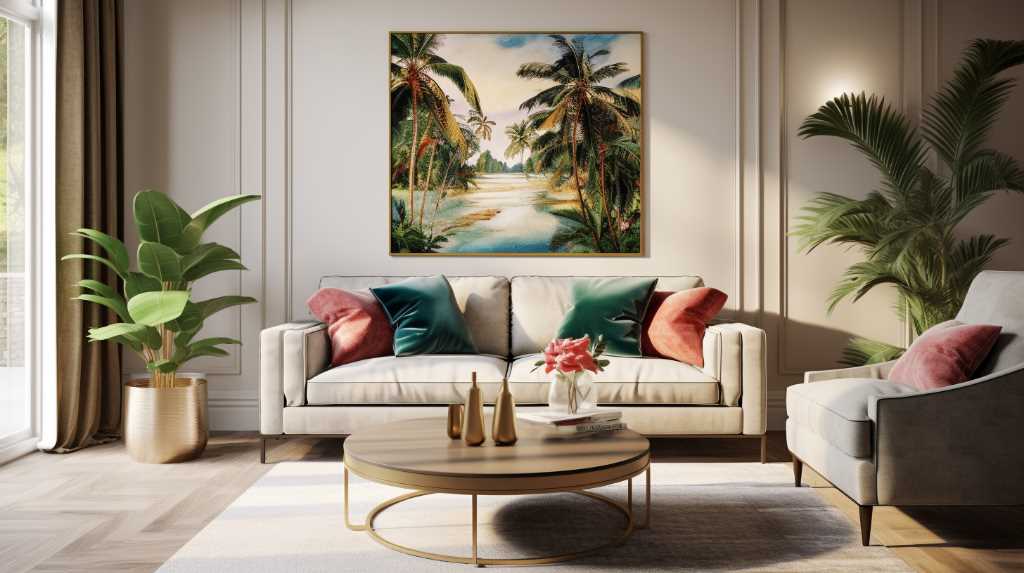
The recent resurgence in botanical prints is creating a dynamic visual exchange between our living spaces and the natural world. These patterns, ranging from the understated elegance of leaf outlines to the boldness of floral displays, signify a collective yearning to bring the essence of the outdoors inside, thereby creating a calm and invigorating environment. Botanical designs are adaptable, fitting seamlessly into a spectrum of decor styles, whether the setting is understated or rich with varied influences. They carry a classic charm that harmoniously blends traditional and modern design sensibilities.
| Botanical Patterns | Applications |
|---|---|
| Understated Leaf Designs | Decorative Pillows, Artwork |
| Single-Color Florals | Furniture Coverings, Drapes |
| Lush Tropical Prints | Eye-Catching Seating, Quilts |
Interior designers are responding to this trend by carefully selecting botanical-inspired home furnishings that meet a growing appetite for natural elegance and a peaceful atmosphere in our homes.
In examining this trend, it’s clear that botanical prints are more than just a passing fancy. They reflect a broader shift towards biophilic design, which emphasizes human connection to nature. By integrating these designs into our living areas, we not only beautify our surroundings but also potentially enhance our well-being by creating a sense of connection to the outside world.
Frequently Asked Questions
How Can I Best Care for and Maintain My Furniture to Ensure It Stays in Line With the 2024 Trends?
To ensure your furniture remains in vogue with upcoming 2024 trends, it’s essential to adopt a careful maintenance routine. Regular cleaning with mild detergents is key—this helps to prevent the buildup of dirt and grime which can lead to premature wear. It’s also wise to keep your furnishings away from prolonged direct sunlight, which can fade colors and weaken materials. Additionally, each type of material, whether it be wood, fabric, or leather, may require specific care products to maintain its condition and appearance. For example, wood often benefits from periodic polishing, while fabrics might need a particular type of cleaner to remove stains without causing damage.
In providing these tips, it’s worth noting that your furniture is not only a functional asset but also an integral part of your home’s design aesthetic. Keeping it in top shape means you’ll extend its lifespan and enjoy it for years to come, keeping pace with shifting design trends without the need to constantly replace items. Remember, a little effort in maintenance can result in a longer-lasting, stylish home environment.
What Are the Environmental Impacts of the Furniture Production Process, and How Are Manufacturers Addressing Sustainability in 2024 Trends?
The process of creating furniture has significant environmental consequences, such as the exhaustion of natural resources and the increase in pollution. In response to these challenges, manufacturers are shifting towards more sustainable practices. The year 2024 is seeing a trend where these companies are using materials that have less impact on the environment, striving to minimize waste, and committing to responsible production methods.
For instance, some manufacturers are adopting the use of reclaimed wood, which not only prevents deforestation but also gives a second life to materials that would otherwise be discarded. Additionally, the reduction of waste is being tackled through improved design strategies that optimize material use and manufacturing processes that aim to reduce the carbon footprint.
In terms of ethical practices, there’s a growing movement towards transparency in the supply chain, ensuring that workers are treated fairly and that operations adhere to environmental regulations. These steps not only contribute to the health of the planet but also resonate with consumers who are increasingly making purchasing decisions based on a company’s environmental and social impact.
As we continue to see these sustainable trends grow in the furniture industry, it’s becoming clear that environmental considerations are no longer an afterthought but a key component in the design and production of furniture.
How do you blend smart technology with furniture without sacrificing style?
Selecting furniture that marries smart technology with design requires a thoughtful approach. The key is to choose pieces where the technological aspects are subtly incorporated without dominating the design. It’s about finding a balance where the technology serves a purpose without interrupting the furniture’s visual appeal.
For example, consider a coffee table that charges your devices wirelessly. The charging function should be nearly invisible to the eye, yet easy to use, maintaining the table’s sleek look. Another example is sofas with built-in speakers that are out of sight, providing an immersive audio experience without visible wires or speakers.
When choosing such furniture, focus on how the technology will enhance the user experience while maintaining the integrity of the design. The goal is to have a harmonious blend where style and function coexist without compromise. Look for furniture designers who prioritize this balance, offering solutions that are both innovative and visually appealing.
What Are Some Ergonomic Considerations to Keep in Mind When Selecting Furniture to Fit the 2024 Comfort and Flexibility Trends?
Choosing the right ergonomic furniture requires attention to several key factors that align with the comfort and flexibility trends projected for 2024. Look for furniture that offers adjustability to tailor to individual needs, ensuring a perfect fit for a variety of body types. This includes adjustable chair heights, armrests, and desk surfaces.
Back support is another critical feature, with a focus on chairs that provide proper lumbar support to prevent strain during long periods of sitting. The right support can reduce the risk of developing back problems and increase overall comfort.
Materials are just as important—they should promote a healthy posture and be flexible enough to allow for a range of motion. This adaptability is necessary to support different tasks that may require movement, such as stretching, reaching, or transitioning from sitting to standing.
Incorporating these ergonomic considerations into your furniture selection will not only provide immediate comfort but also contribute to long-term health and productivity.
Can You Suggest Ways to Blend Antique or Heirloom Pieces With the Upcoming 2024 Furniture Trends to Create a Harmonious Look?
To integrate antique or heirloom pieces with the up-and-coming 2024 furniture trends, it’s effective to combine them with modern items that feature soft, curved lines. Opt for high-quality performance fabrics in shades that complement the old-world charm of your vintage items. This approach creates a visually appealing mix that respects the uniqueness of both historical and modern design elements.

